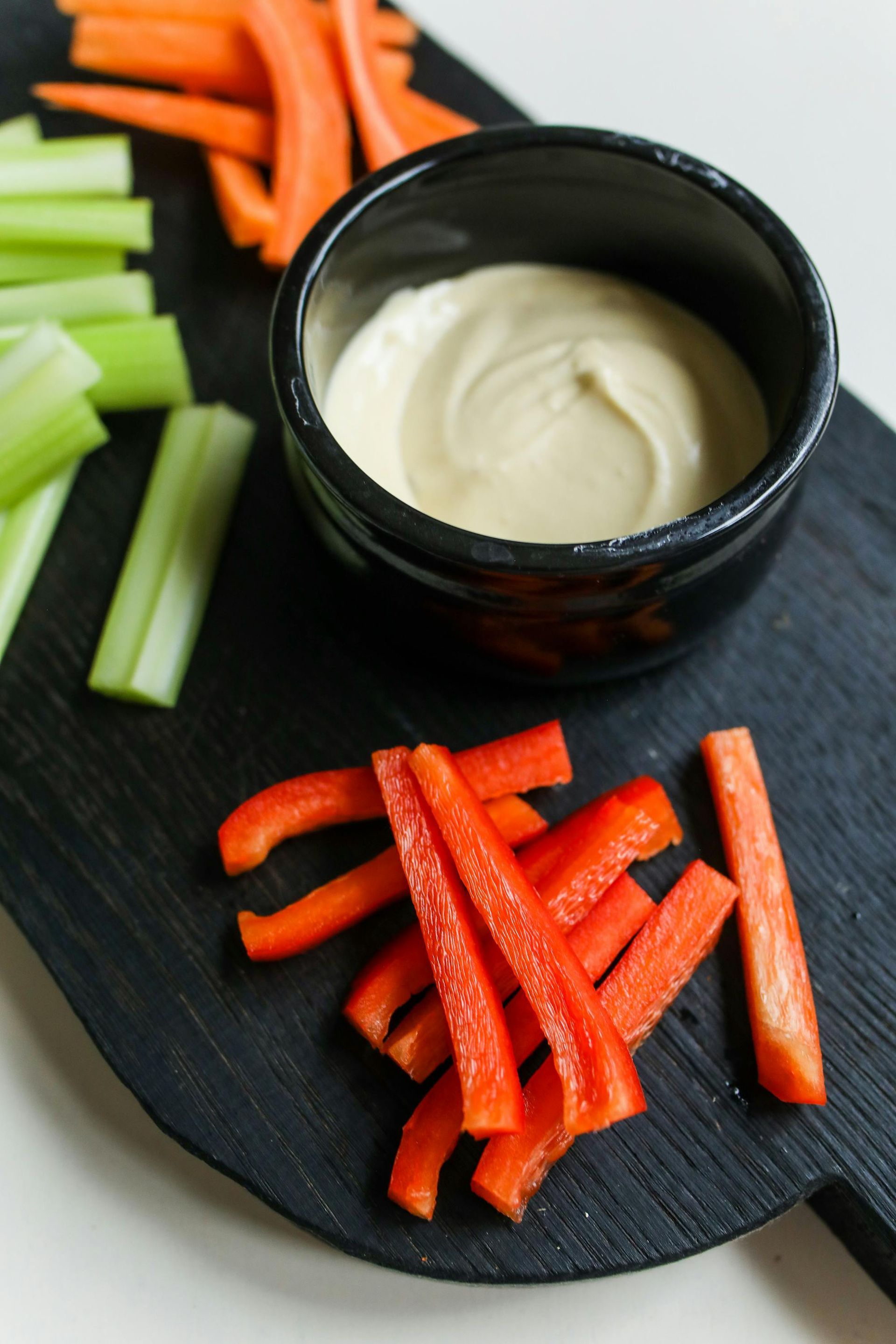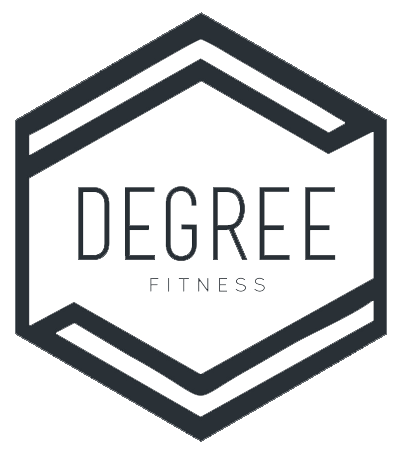Why should you see a Registered Dietitian
| By Mairead Rodgers, RD PHEc
Do you know what a Registered Dietitian is? And did you know there’s a difference between a dietitian and a nutrition or health coach? Here’s when and why you should see a dietitian, as well as a bonus fact you might not be expecting! |
| 1. Dietitians go through tons of schooling to be able to help you.
In Canada, dietitians have to go through tons of training. We have to get an undergrad in nutrition from an accredited program. Courses include everything from chemistry, statistics and food science to medical nutrition therapy, counselling skills, and nutrition assessments. After that, nutrition students apply to highly competitive internships where they have to demonstrate that they are competent at the level of an entry level dietitian. These are highly intensive, and take place in a variety of settings to prove that dietitians are well rounded by the time they graduate. After all that, we write a comprehensive exam and have to go through on-going continuing education to stay up to date. Many nutrition coaches have some level of education and training, but their scope of practice can (and should!) be limited to only work within their knowledge. 2. Dietitians have to be accountable. Your dietitian is obviously accountable to you, but did you know we’re also accountable to a regulatory body? The College of Dietitians of Ontario is in place to protect the public, and make sure dietitians are practicing ethically and responsibly. They process complaints about dietitians and have on-going quality assurance programs that are mandatory for anyone who wants to call themselves a dietitian. 3. Dietitians promote evidence-based nutrition. Evidence-based nutrition means that the recommendations coming from a dietitian are based on the best research available. When the recommendations change, it’s because the research is ever-changing. If you’ve ever wondered why you’re not going to hear about the latest fad diet or trendy supplement from me, it’s because there likely isn’t enough reliable evidence to promote it at this time. That doesn’t mean there won’t be, it just means there isn’t right now. 4. Your dietitian services may be covered by your benefits! Many extended benefits programs have some coverage for dietitian services! Check yours and see how much you’re entitled to a year! If this is the case, we’re more than happy to provide you with an invoice that you can submit to your benefits company for reimbursement. With all that information, why would you NOT come see a dietitian? If you’re ready to get started or want to know how I can help you as your dietitian, reply to this email or email maireadrodgers@degreecrossfitseaforth.com. |



